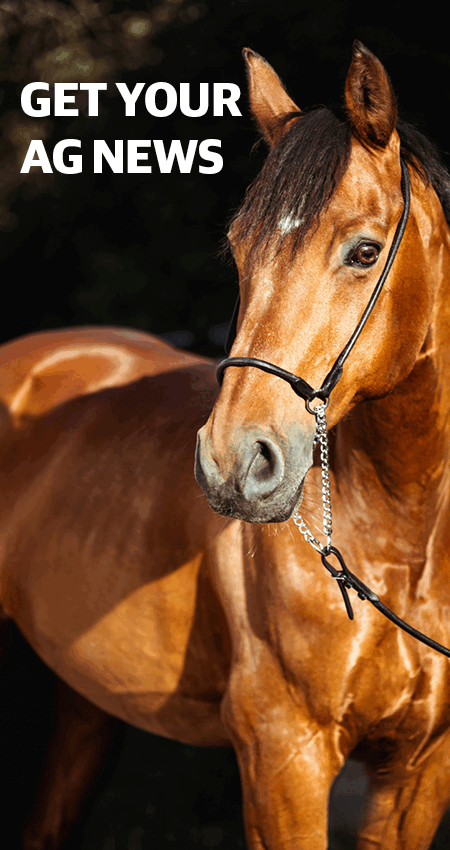Political sights set on Tasmania's deer population

TasFarmers and the majority of MPs in the state’s Lower House want to see more done to remove deer from the landscape as the Greens and the Shooters, Fishers and Farmers Party (SFF) continue to push for the ban of 1080 poison.
SFF Lyons MP Carlo Di Falco moved a motion calling on the state government to expand Sustainable Timber Tasmania (STT) land access for recreational hunting, support recreational hunters as the primary method of deer management, explore amending legislation that prohibits the donation of game meat to charitable organisations and maintain the ban on 1080 poison to target deer populations.
The motion was supported by the Liberals, Labor and all independents except Kristie Johnston and Peter George, while the Greens voted against it.
The Greens have also launched a petition calling for a total ban on 1080 poison in Tasmania, which has received 1320 signatures and was tabled in state parliament by the party’s Primary Industries spokeswoman Tabatha Badger.
TasFarmers CEO Nathan Calman said the passing of Mr Di Falco’s motion was generally positive but believed that more needed to be done to address deer management.
“It still doesn’t create clarity around what the physical or legislative response will be to the most recent deer survey,” Mr Calman said.
“But the motion does set a direction for that.
“I think what we now need to see from the minister and the department is how those directions and the deer survey results will be acted upon to help remove deer from the landscape.”
An aerial survey conducted in October 2024 of central and north-east Tasmania estimated that the state’s wild deer population was 71,655.
The last time the survey was conducted in 2019, the estimate was 53,660, resulting in a 17,995 increase over five years.
The Department of Natural Resources and Environment concluded that the wild deer population could have risen by anywhere between 12 and 55 per cent over half a decade.
STT has a number of Permanent Timber Production Zones across the state where hunting is allowed and Mr Di Falco’s motion calls for expanding those areas.
“STT continues to engage with relevant stakeholders, including recreational hunting associations and government land management agencies, to identify and assess opportunities for expanding access for recreational hunters,” STT Conservation and Land Management General Manager Suzette Weeding said.
Mr Calman said opening more STT land to hunters was something TasFarmers had already been calling for.
“Those areas are breeding grounds and safe habitats for feral deer.
“Opening them up will be one of the tools that will support getting feral deer numbers under control.”
Having a “toolkit full of options” to remove deer from the Tasmanian landscape was what Mr Calman said the state needed.
“Recreational hunters play a very big and important role in that.
“As to commercial hunters, the simplification of permitting and the three deer zones in the state, I think the toolkit needs to be adjusted to make sure that we can actually get deer numbers under control.”
Mr Calman said the SFF’s idea to allow the donation of game meat to charitable organisations was “a great aspiration”.
“We think commercial hunting and donation, providing the right settings are in place, creates another driver for demand of that product that will remove deer from the landscape.”
The view of Mr Calman and TasFarmers was that 1080 poison should be available to primary producers.
“There may still be scenarios where 1080, as a tool of last resort, may be absolutely necessary,” he said.
“But it should only be necessary as a tool of last resort, and in a highly controlled and regulated way.”
Mr Calman said the way deer populations in Tasmania were managed needed to be improved.
“The current restrictions around deer management have meant that the toolkits have only been half-full.
“We think that by simplifying permits, increasing the land that deer can be hunted on, and examining things like zones and permit conditions around times of year that deer can be hunted, can be effective.
“Those things need to be introduced first as tools, and then the next step would be to stop and review the next deer survey results.”




Add new comment